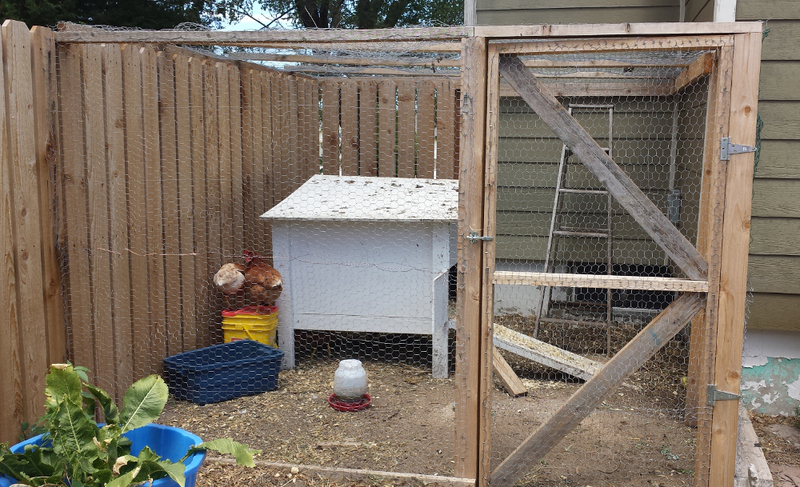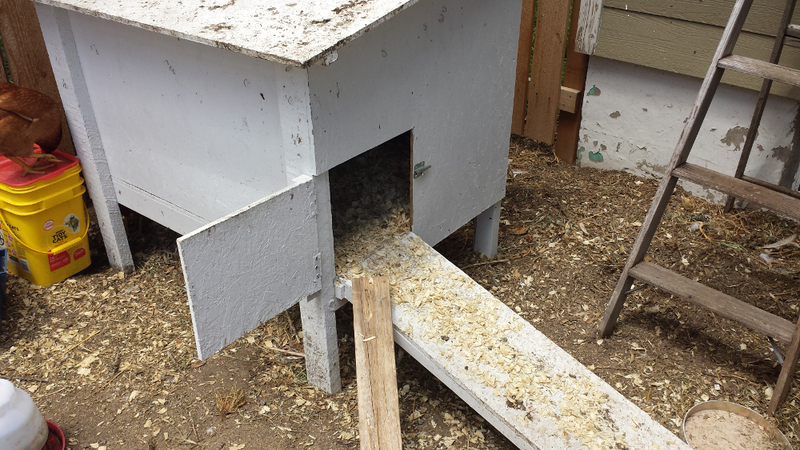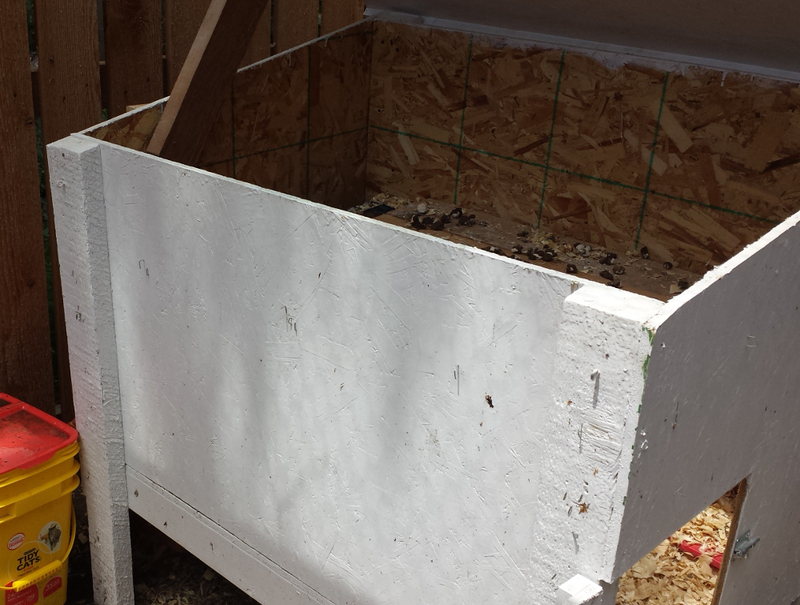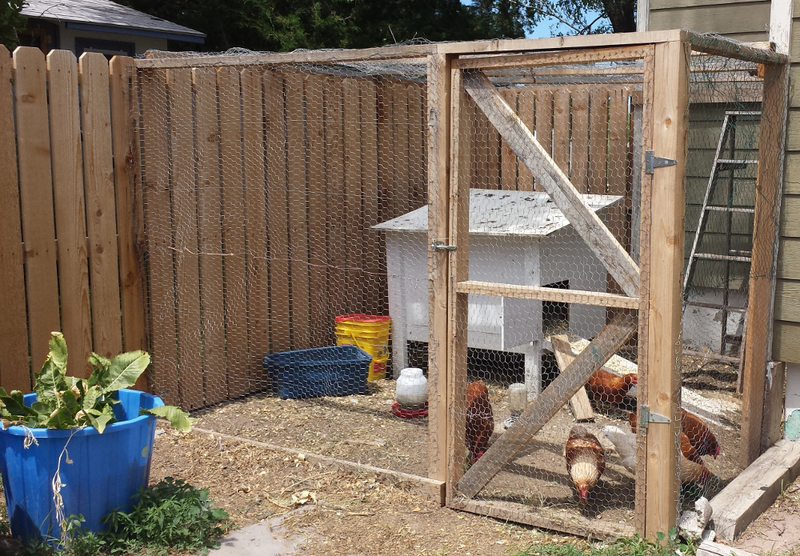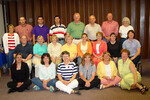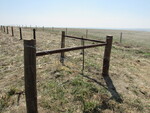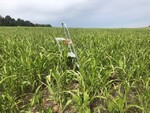by: Jason Padgett
- The coop must be approved by the city before it is populated with chickens.
- No more than 6 chickens.
- No roosters, only females are allowed.
So I knew, that at some point, we would have chickens, to have fresh eggs, and I have an eight year old who loves critters. The day would come when chickens would inhabit the yard, but in truth, I was putting it off, since I knew I would have to build the coop, and it would just be more critters to watch over and take care of.
But then the call came, my daughter and her grandma were at a Route 36 sale and someone had chicks. The excitement was running high, and I was incapable of saying no. So I told her she could get one. She came home with three. The chicks went into a cage where they could focus on getting bigger, and I started working on a coop.
I built a box that ended up working really well. I included pics of the box if you want to get ideas on how to make a box for your chickens. We sectioned off a bit of the yard to put the box, and then wrapped the area in chicken wire which did not fulfill it's purpose, the cats could get in, the chickens could get out, and was too short to stand up in. I knew the enclosure would have to be re-done.
Try number 1
I knew this would be a trial run. Getting the chickens in their new home would show me all the problems that would need to be fixed, and the problems started to present themselves. First, the enclosure would need to be re-built, the box itself seemed to work great though. Second, as the chickens grew we started figuring out that these were actually roosters, all three of them. And lastly, the problem that ended our trial run, two of the chickens caught Mareks Disease. We tried nursing them back to health since there is supposed to be a chance for recovery, but in the end, they died. The third rooster, which was unaffected by the Mareks Disease, found a new home out in the country.
So, try number 1 was a dud.
For try number 2, we re-built the enclosure, now it is a wood framed box with chicken wire, has it's own latching door, and is tall enough to stand in comfortably, moved the coop itself to a better location, built a fence around part of the enclosure, and changed out all of the bedding (hay and top level of dirt) in the hopes of getting rid of all traces of the Mareks Disease.
This time, instead of getting chicks from a yard sale where we don't know the sex and immunization record, we found a place that could guarantee both. So they were ordered. They spent their first month in a cage in the house, which stinks, but was a requirement for the immunization, and then they moved into their new home. This time around has worked much better, the enclosure is many times better, the chickens are healthy and female. We feed them regular chicken feed, but they also love veggie scraps, tomatoes, lettuce, corn, and anything else. Plus, any pulled weeds that have any kind of seed, they love. The latest set of chickens are doing great and seem happy.
And our reward for building the chicken coop and raising the chickens started yesterday when we found the first egg.
The journey to the first egg had its hiccups, but was worth the benefits of having new members of the family, with their own individual personalities, who happen to be very good at making us breakfast.
Click on photos to view slide show
